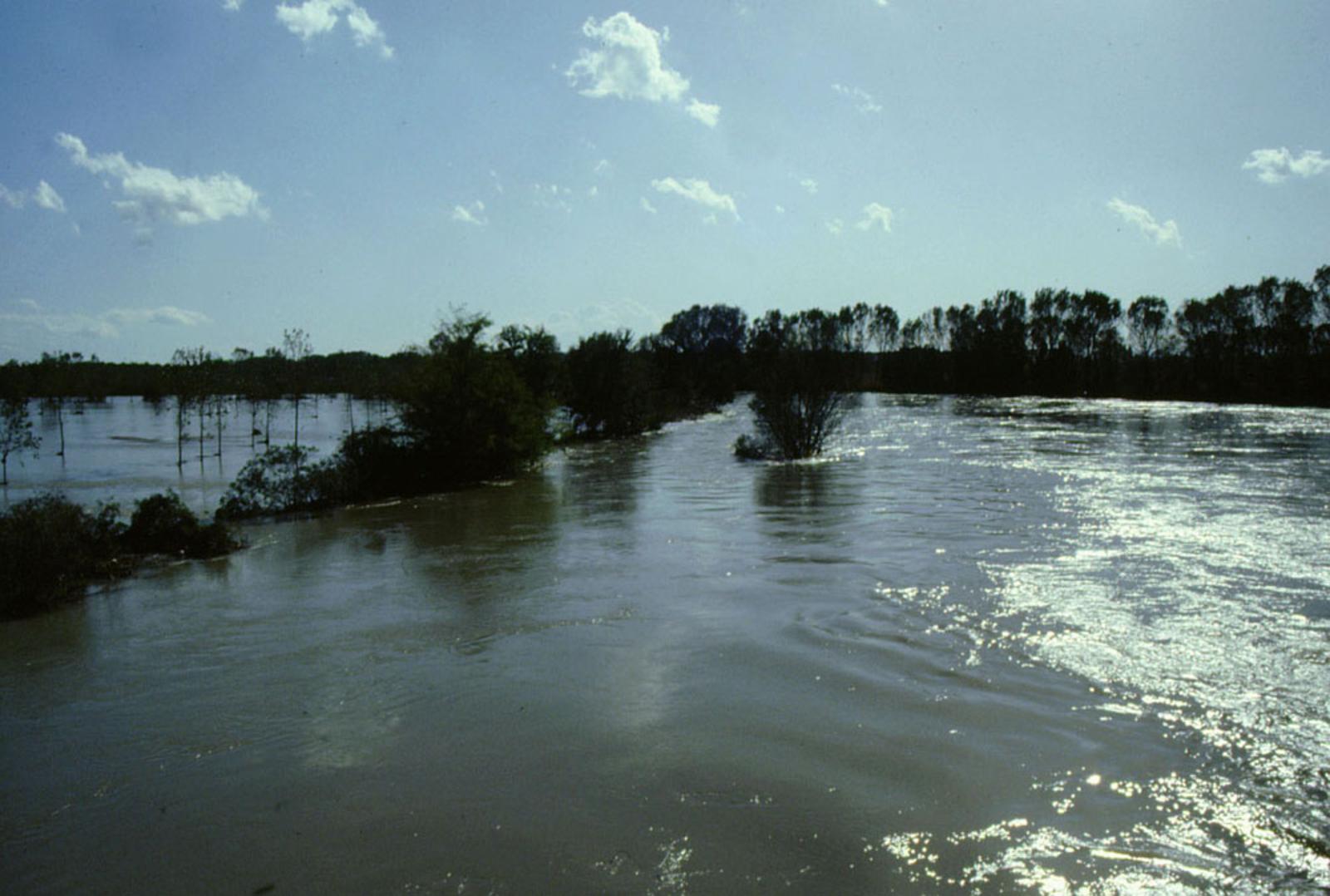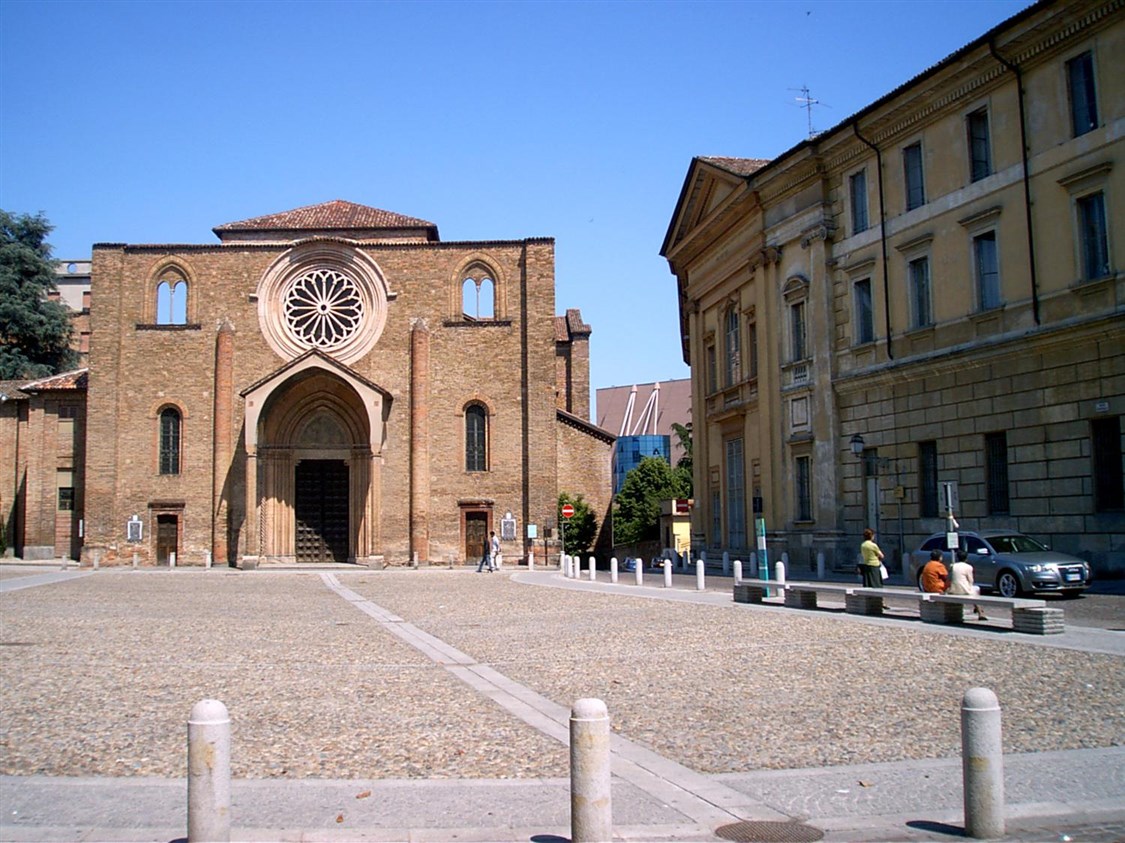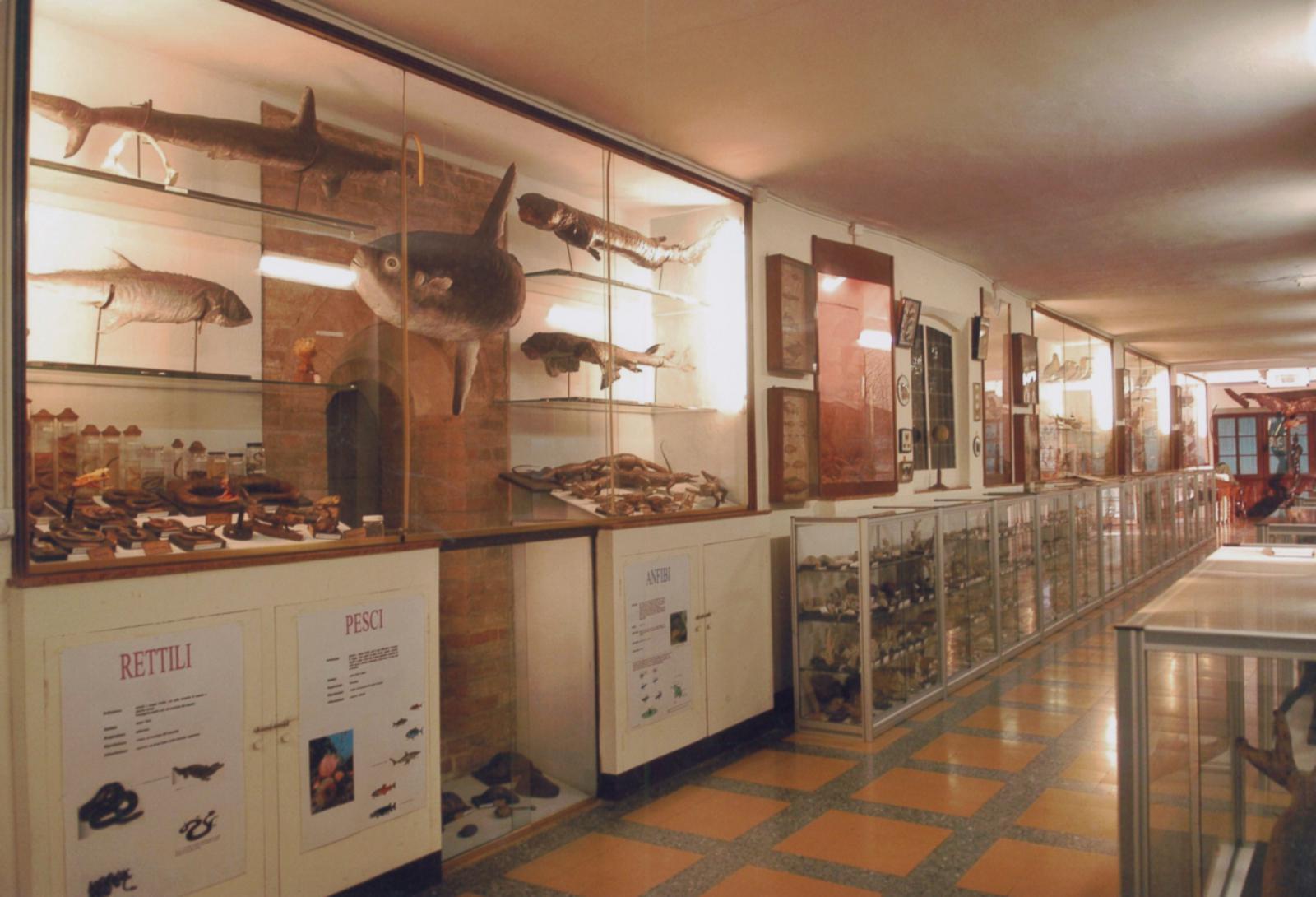Nature and Rivers
BackThe Po and Adda Rivers
Over the centuries, the waters of two rivers that act almost as natural borders to the Lodigiano, the Adda to the east and the Po to the south, have been important resources for the area’s survival.
Seven Lodigiano towns stand on the Po, which flows through a fascinating natural landscape, especially in proximity to the three river docks– that at Corte Sant’Andrea, 39th stage of the Via Francigena, with its little jetty still in use today to ferry pilgrims across the great river, and those at Gargatano (Somaglia) and Morti della Porchera (Corno Giovine)
The scenery along the Adda, which crosses Lodi, the province’s main town, consists of wooded areas, wetlands and river beaches. As well as riverside woods, the protected areas also includes marshy areas consisting of oxbows formed by the river over time as it changes course. Some examples of great geomorphological, botanical and zoological interest, are the Adda Morta (an old branch of the river in the towns of Castiglione d’Adda and Formigara), the Zerbaglia (wetlands of national interest in the towns of Turano, Cavenago d’Adda and Credera Rubbiano) and the Morta di Soltarico (formed after the floods of 1976).
A point of great scenic beauty is Castelnuovo Bocca d’Adda, where the River Adda joins the Po. The vegetation, typical of wetlands, becomes even richer and more luxuriant, almost as if to underscore the coexistence of the two great watercourses with its colours, bright and dazzling in summer, and scorched in autumn.
There are numerous points along the rivers dedicated to angling. Enthusiasts from all over Italy and abroad come to our rivers, which are particularly well-known for wels catfish fishing.
 Italiano
Italiano English
English


